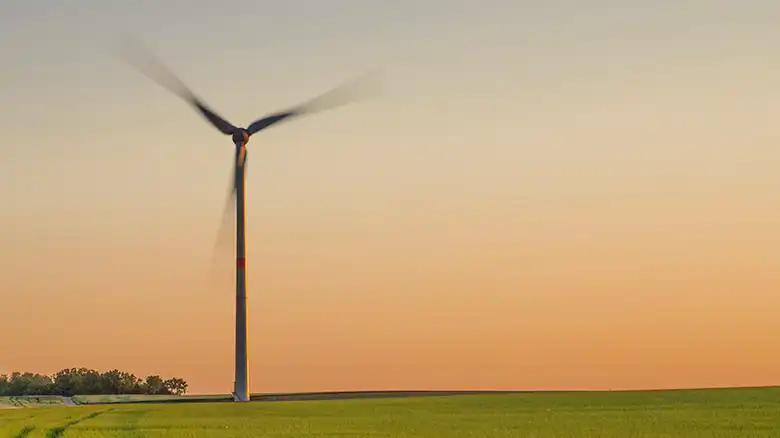[Explained] What Are Sustainable Biological Resources?
Biological resources are the biologically obtained resources that our ecosystems come up with. They can be genetic information, organisms, or populations with potential value or usage for humanity. But in general, biological resources are the materials that we get from living organisms and are beneficial for us.
For example; animals, plants, and minerals all are part of biological resources. These resources are so important for our well-being and survival. Here, sustainable biological resources are renewable natural resources that can be refilled at the same rate, or even quicker than consume rate.

Why Are Sustainable Biological Resources Sustainable?
Obviously, there’s a reason that these certain biological resources are counted as sustainable. As you know, sustainable or renewable resources can be reused over a short period and that’s why the resources actually never run out.
For easier understanding, think of the plants and animals that we’re depending on. You can’t entirely consume all of them at a time. If you consume accordingly, others of them will reproduce and there won’t be a complete lack of them.
They give us vital minerals and proteins that never get destroyed but are restored in other ways. Even after death, their bodies give necessary elements to the soil. Later the soil provides them to plants and animals have them from plants.
Therefore, as these biological resources never get finished completely and we can have them always, they’re the perfect example of sustainable biological resources.
What Are the Importance of Sustainable Biological Resources?
There are varieties of usage of sustainable biological resources. Such as participating in climate change, providing information about the natural world, certain materials, etc. Let’s have a clear concept of it –
Participation in Climate Change
Including large trees, all plants are continuously releasing oxygen into the atmosphere and absorbing carbon dioxide from it, just to regulate the Earth’s temperature in the proper way.
Even the animal planet also plays an important role to balance the climate. Each species performs certain activities that affect the climate.
Provide Natural Data
The resources provide diverse information about animal and plant life, their way of interacting, and the overall structure of ecosystems.
Additionally, being bioindicators, the newt indicates aquatic vegetation diversity, earthworm behavior and population density to determine soil quality, lunches for air pollution, etc.
In terms of biomarkers; blood chemistry analysis, identifying cell diseases, population parameters, etc are the best example of provided natural data.
Provide Necessary Material
From such renewable biological resources, we can get food, fuel, clothing, medication, shelter provisions, water and fiber, and other helpful materials for both survival and well-being.
Are There Any Adverse Impacts of Sustainable Biological Resources?
Actually, there are no direct adverse impacts of sustainable biological resources. But considering their quantity and our consumption rate, things can be a little bit different.
If there’s any possibility that people are consuming them at such a rate that they don’t have the proper time or environment to regrow or reproduce, then their quantity will be insufficient and there’ll be an imbalance in nature.
Therefore, it’s our duty to maintain our consumption rate accordingly and let the resources sustain for future utilization.
Frequently Asked Questions (FAQs)
How to Sustain Sustainable Biological Resources for Longer?
According to most biologists, existing sustainable biological resources can be sustained for longer by managing, monitoring, and protecting them. Such things can be ensured by analyzing them for detecting and eliminating pollution.
What are the challenges of biological resources?
There are some particular challenges that biological resources face due to human activity. The notable ones are – habitat degradation, fragmentation, destruction, and overexploitation of organisms.
What are 5 biological resources?
Generalizing the resources, they’re classified into several classes. Five important of them are – biodiversity, microorganism, arabidopsis, carnivore, and biomass.
Conclusion
As you’ve read this far, hopefully, you’ve understood what are sustainable biological resources and their importance. It’s up to us to regulate and properly utilize these resources for the sake of our own welfare. If you have further queries, don’t hesitate to knock us.